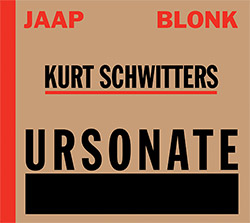
Dutch vocal artist Jaap Blonk performs Kurt Schwitters' iconic Dada sound poem Ursonate with deeply internalized precision and theatrical nuance, drawing on decades of experience to present a vivid, expressive interpretation of the four-movement work, including both an improvised and written Kadenz, in this definitive 2024 studio recording.
In Stock
Quantity in Basket: None
Log In to use our Wish List
Shipping Weight: 3.00 units
EU & UK Customers:
Discogs.com can handle your VAT payments
So please order through Discogs
Sample The Album:
Kurt Schwitters-composer
Jaap Blonk-performer
Click an artist name above to see in-stock items for that artist.
Label: Corbett vs. Dempsey
Catalog ID: CvsDcd118
Squidco Product Code: 36252
Format: CD
Condition: New
Released: 2025
Country: USA
Packaging: Cardboard Gatefold 3 Panels
Recorded at Electric Monkey, Zaandam, The Netherlands, on February 13th, 2024, by Kasper Frenkel; "Kadenz" recorded at home, on October 20th, 2024.
"Kurt Schwitters (1887-1948) wrote his "Ursonate" or "Sonate in Urlauten" ("Primordial Sonata" or "Sonata in Primordial Sounds") over ten years, from 1922 to 1932. During that period Schwitters tried out many preliminary parts in public poetry readings. It became a 30-page work in invented words, which he later considered one of his two masterpieces (the other being the "Merzbau" in his house in Hannover, destroyed in 1944).
The "Ursonate" has a structure similar to that of a classical sonata or symphony. It consists of four movements: Erster Teil ("first part"), Largo, Scherzo and Presto. After a short in- troduction, the first movement opens with an exposition of its four main themes (subjects), each of which is subsequently "developed" (development in the sense it is used in classi- cal sonata form), leading to a coda. It is note- worthy that the theme exposition returns as a reprise before each new development but the last one. Both the Largo and the Scher- zo have a centered (A-B-A) construction in which the middle part contrasts with the two identical outer parts. The Presto has a strict rhythm broken only by a few interjections from the first movement and the Scherzo. Like the first movement, it follows the sonata form: exposition (repeated immediately in this case), development, and recapitulation. Next is the Kadenz, leaving the reciter free to choose between the written version and his own.However, in his written instructions for future performers of the piece, Schwitters says that he wrote his cadenza only for those among them who "had no imagination." In my performances of the "Ursonate," I always create an improvised cadenza on the basis of the sonata's thematic material. Only on the recordings I have issued, for reasons of completeness, a recording of the written cadenza is included as a separate track. As a Coda, Schwitters uses one of his earliest Dada poems: the German alphabet read backwards, here repeated three times with different tempo and intention.
In February of 1979, I happened to hear Schwitters' "Ursonate" read by a student of the Arnhem Drama School, at a poetry event in that city. The piece was quite a revelation to me, and with no delay I looked up the piece in Schwitters' collected works at the Utrecht University Library and made photo- copies of it. At the time, however, I had no intention at all to be a voice performer. I had begun composing pieces of instrumental music. The "Ursonate" was on a shelf in my room and, every once in a while, I took it out and read sections of it aloud. This went on for about two-and-a-half years, and by the fall of 1981 I realized that I almost knew the piece by heart. Looking back at this from a much later time, I am very much aware of the ben- efits of this slow process of internalizing the piece. I gradually and intuitively formed my own interpretation of it, without any pressure from outside and without any knowledge of versions of it by other performers.
To make a long story short: since then, I have presented between 300 and 400 public performances of the complete work, and many more of single movements from it. I am very happy to make it available again as a CD."-Jaap Blonk, December 2024
Artist Biographies
• Show Bio for Kurt Schwitters "Kurt Hermann Eduard Karl Julius Schwitters (20 June 1887 - 8 January 1948) was a German artist. He was born in Hanover, Germany, but lived in exile from 1937. Schwitters worked in several genres and media, including Dadaism, constructivism, surrealism, poetry, sound, painting, sculpture, graphic design, typography, and what came to be known as installation art. He is most famous for his collages, called "Merz Pictures"." ^ Hide Bio for Kurt Schwitters • Show Bio for Jaap Blonk "Jaap Blonk (born 1953 in Woerden, Holland) is a self-taught composer, performer and poet.He went to university for mathematics and musicology but did not finish those studies.In the late 1970s he took up saxophone and started to compose music.A few years later he discovered his potential as a vocal performer, at first in reciting poetry and later on in improvisations and his own compositions. For almost two decades the voice was his main means for the discovery and development of new sounds.From around the year 2000 on Blonk started work with electronics, at first using samples of his own voice, then extending the field to include pure sound synthesis as well.He took a year off of performing in 2006. As a result, his renewed interest in mathematics made him start a research of the possibilities of algorithmic composition for the creation of music, visual work and poetry. As a vocalist, Jaap Blonk is unique for his powerful stage presence and almost childlike freedom in improvisation, combined with a keen grasp of structure. He has performed around the world, on all continents. With the use of live electronics the scope and range of his concerts has acquired a considerable extension. Besides working as a soloist, he collaborated with many musicians and ensembles in the field of contemporary and improvised music, like Maja Ratkje, Mats Gustafsson, Joan La Barbara, The Ex, the Netherlands Wind Ensemble and the Ebony Band. He premiered several compositions by the German composer Carola Bauckholt, including a piece for voice and orchestra. A solo voice piece was commissioned by the Donaueschinger Musiktage. On several occasions he collaborated with visual computer artist Golan Levin, for the Ars Electronica Festival. Blonk's work for radio and television includes several commissioned radio plays.He also makes larger-scale drawings of his scores, as well as visual poetry, which is being exhibited. He has his own record label, Kontrans, featuring a total of 25 releases so far. Other Blonk recordings appeared on various labels, such as Staalplaat, Basta, VICTO, Ecstatic Peace, Monotype Records, Terp and Elegua Records.His book/CD 'Traces of Speech' was published in 2012 by Hybriden-Verlag, Berlin. Forthcoming is a sequel with the title "Traces of Cookery".A comprehensive collection of his sound poetry came out as a book with 2 CDs in 2013, entitled "KLINKT"." ^ Hide Bio for Jaap Blonk
6/9/2025
Have a better biography or biography source? Please Contact Us so that we can update this biography.
6/9/2025
Have a better biography or biography source? Please Contact Us so that we can update this biography.
Track Listing:
1. Erster Teil 10:09
2. Largo 3:05
3. Scherzo 3:23
4. Presto 10:42
5. Kadenz 2:21
Compositional Forms
European Improvisation, Composition and Experimental Forms
Spoken Word
Unusual Vocal Forms
Solo Artist Recordings
Staff Picks & Recommended Items
New in Compositional Music
Recent Releases and Best Sellers
Search for other titles on the label:
Corbett vs. Dempsey.
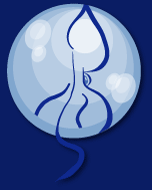

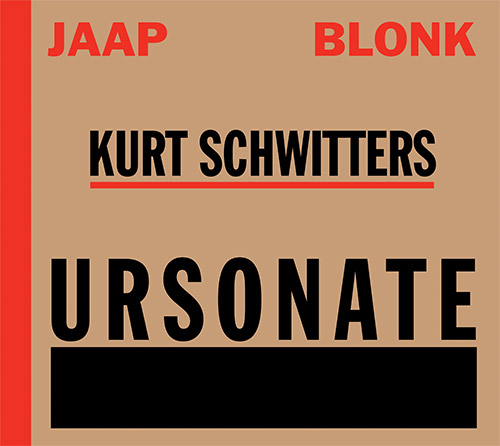
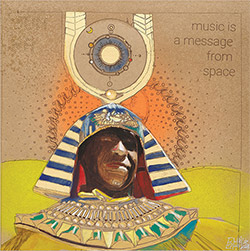
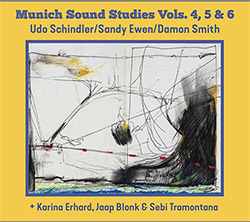
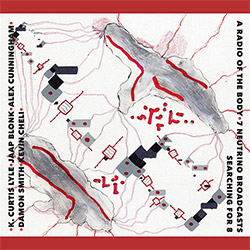
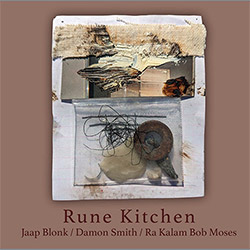
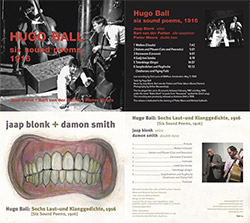
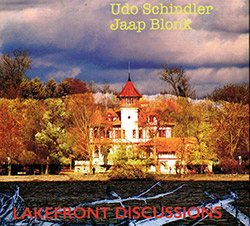
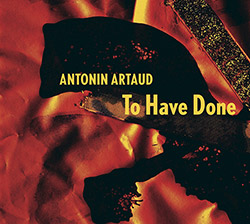
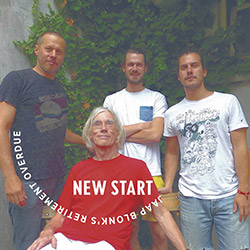
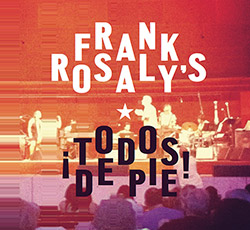
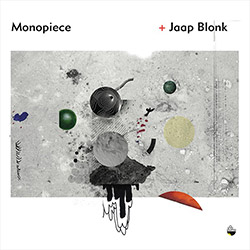
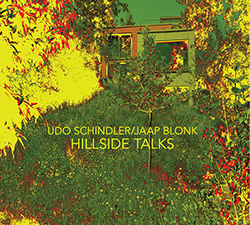
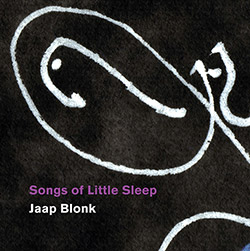
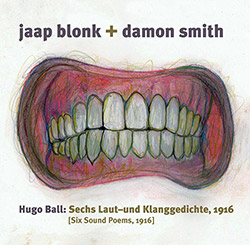
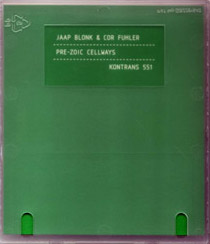
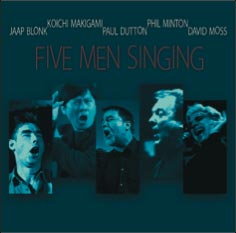
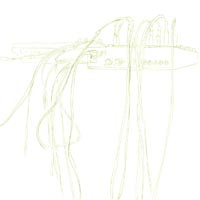

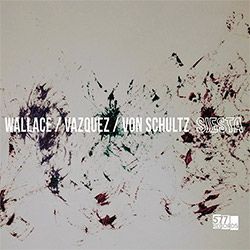
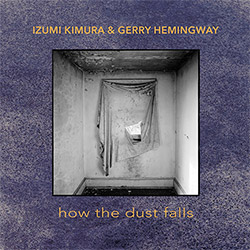

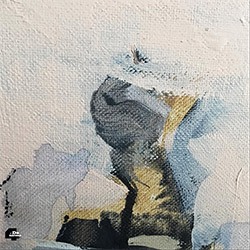
![Eventless Plot | Yorgos Dimitriadis: Entanglements [CASSETTE + DOWNLOAD]](https://www.teuthida.com/productImages/misc4/36230.jpg)
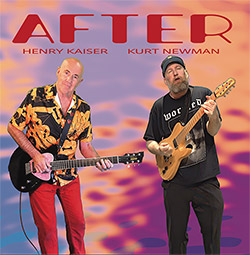
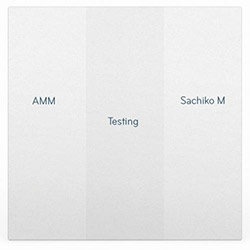
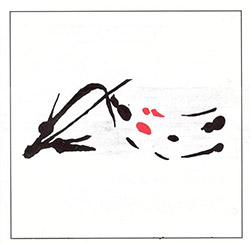
![Myers, Jackie: What About The Butterfly [VINYL]](https://www.teuthida.com/productImages/misc4/35741.jpg)

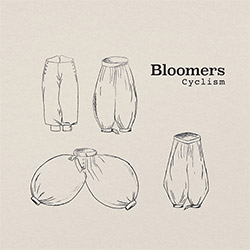
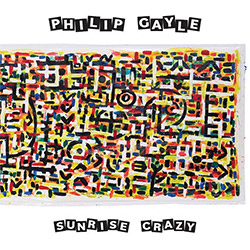
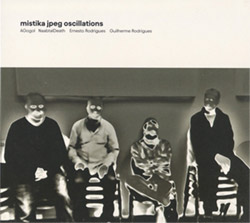
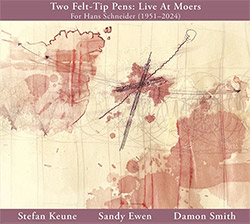

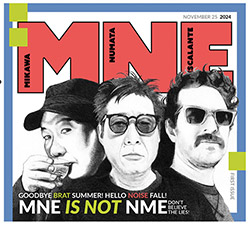
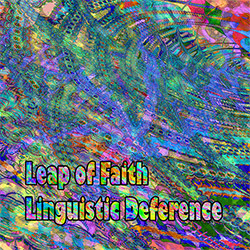
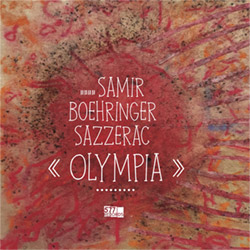
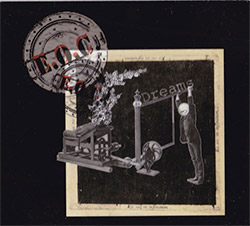
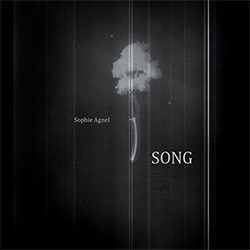
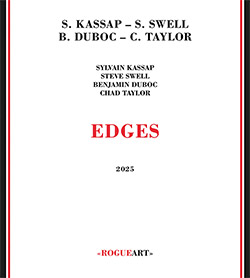
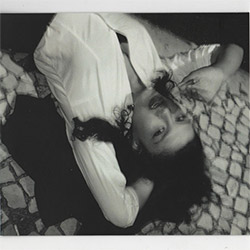


![Eva Novoa: Novoa / Kamaguchi / Cleaver Trio - Vol. 2 [VINYL]](https://www.teuthida.com/productImages/misc4/35939.jpg)
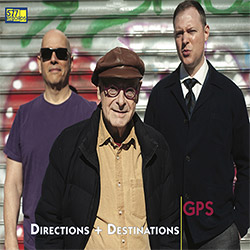
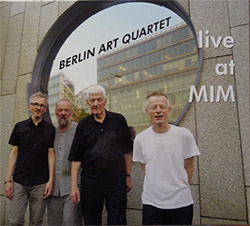

![Zethson, Alex / Johan Jutterstrom: It Could / If I [VINYL]](https://www.teuthida.com/productImages/misc4/36259.jpg)
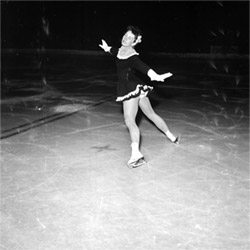
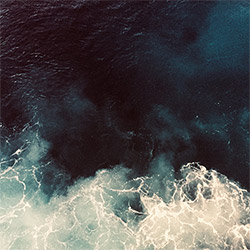
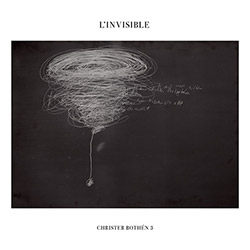
![Bromander, Vilhelm Unfolding Orchestra: Jorden Vi Arvde [VINYL]](https://www.teuthida.com/productImages/misc4/36256.jpg)
![Zethson, Alex / Nikos Veliotis : Cryo [VINYL]](https://www.teuthida.com/productImages/misc4/36257.jpg)
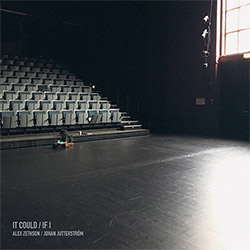
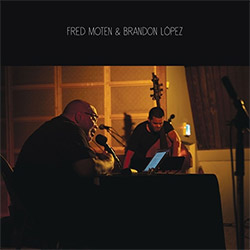
![Moten, Fred / Brandon Lopez: Revision [VINYL]](https://www.teuthida.com/productImages/misc4/35944.jpg)
![Fire! Orchestra: Echoes [2 CDs]](https://www.teuthida.com/productImages/misc4/33244.jpg)
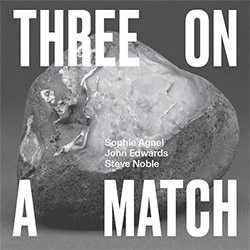
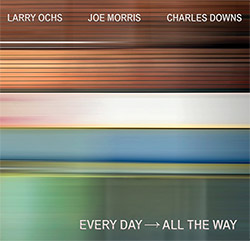
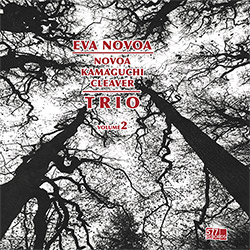

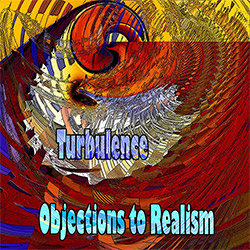
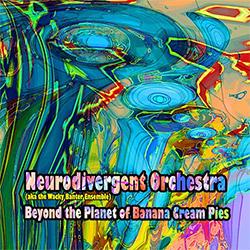
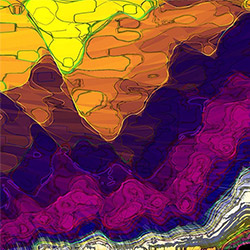
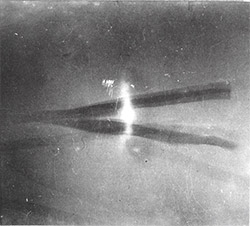
![Klinga, Erik: Elusive Shimmer [VINYL]](https://www.teuthida.com/productImages/misc4/36258.jpg)
![CHANGES TO blind (Phil Zampino): Volume 9 - I Wave on a Fine Vile Mist [CD + DOWNLOAD]](https://www.teuthida.com/productImages/misc4/36061.jpg)

![Wallmart / Rubbish: Asset Protection [split CD]](https://www.teuthida.com/productImages/misc4/35900.jpg)
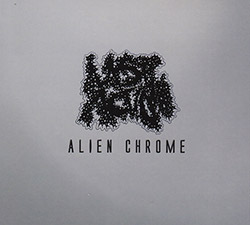

![+Dog+: The Family Music Book Vol. 5 [2 CDs]](https://www.teuthida.com/productImages/misc4/35897.jpg)
![Kuvveti, Deli : Kuslar Soyledi [CASSETTE w/ DOWNLOAD]](https://www.teuthida.com/productImages/misc4/36107.jpg)
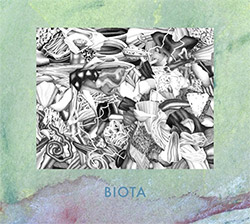
![Nakayama, Tetsuya: Edo Wan [CASSETTE w/ DOWNLOAD]](https://www.teuthida.com/productImages/misc4/36105.jpg)
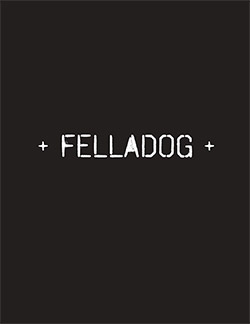

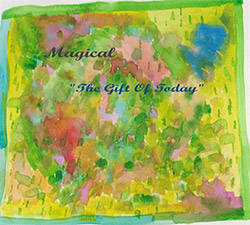
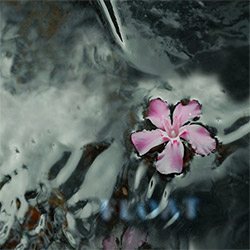
![Yiyuan, Liang / Li Daiguo: Sonic Talismans [VINYL]](https://www.teuthida.com/productImages/misc4/35957.jpg)
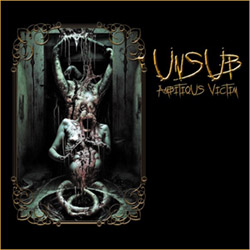
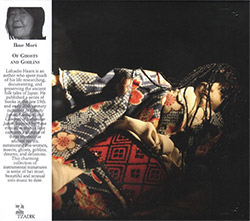

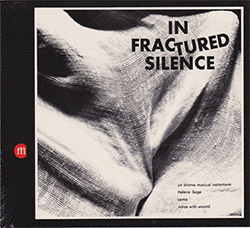
![111 (Michelle / Villamil): Live at Opus 40 [CASSETTE + DOWNLOAD]](https://www.teuthida.com/productImages/misc4/35986.jpg)
![del Pino, Francisco / Charlotte Mundy: The Sea [CASSETTE + DOWNLOAD]](https://www.teuthida.com/productImages/misc4/35987.jpg)

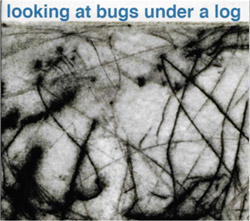
![Niblock, Phill / Anna Clementi / Thomas Stern: Zound Delta 2 [VINYL]](https://www.teuthida.com/productImages/misc4/34623.jpg)
![Myers, David Lee : Tin Drop Tear [BOOK w/ DOWNLOAD]](https://www.teuthida.com/productImages/misc4/36030.jpg)
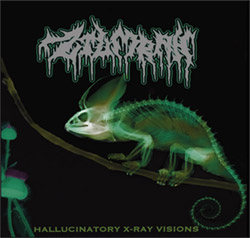
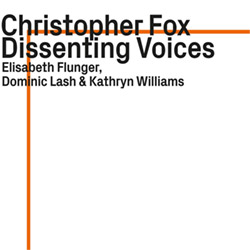
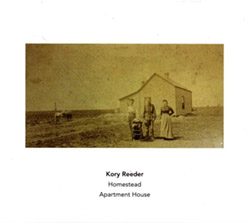
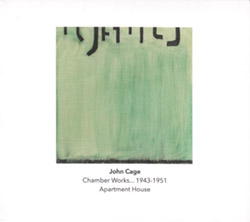
![Palestine, Charlemagne / Seppe Gebruers: Beyondddddd The Notessssss [VINYL]](https://www.teuthida.com/productImages/misc4/36206.jpg)
![Palestine, Charlemagne / Seppe Gebruers: Beyondddddd The Notessssss [NEON GREEN VINYL]](https://www.teuthida.com/productImages/misc4/36207.jpg)
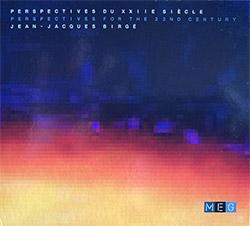
![Laubrock, Ingrid: Purposing The Air [2 CDs]](https://www.teuthida.com/productImages/misc4/35639.jpg)
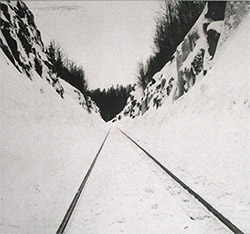
![Yoko, Ono / The Great Learning Orchestra: Selected Recordings From Grapefruit [2 CDs]](https://www.teuthida.com/productImages/misc4/35841.jpg)
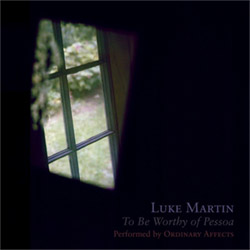
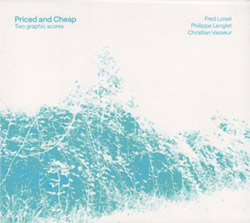
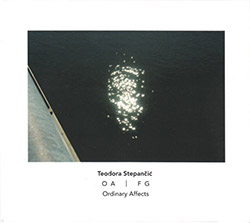
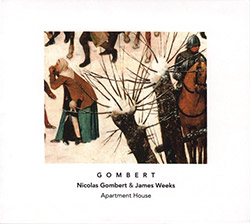
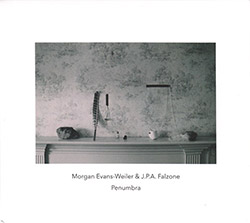
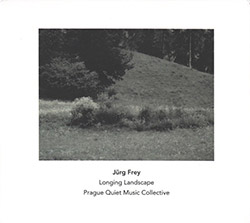
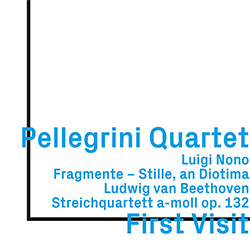
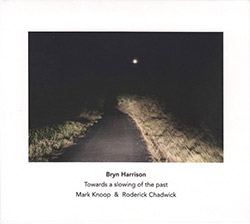
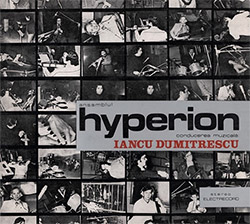
![Zorn, John / JACK Quartet: The Complete String Quartets [2 CDs]](https://www.teuthida.com/productImages/misc4/35609.jpg)

![Lonsdale, Eden: Dawnings [2 CDs]](https://www.teuthida.com/productImages/misc4/35480.jpg)
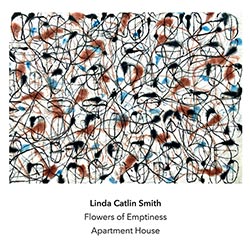
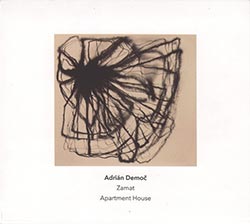
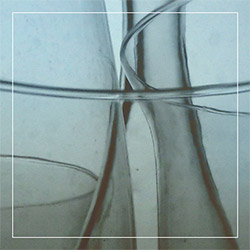


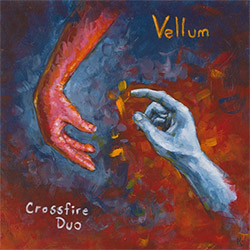
![Sorry For Laughing (G. Whitlow / M. Bates / Dave-Id / E. Ka-Spel): Rain Flowers [2 CDS]](https://www.teuthida.com/productImages/misc4/35985.jpg)

![Rolando, Tommaso / Andy Moor : Biscotti [CASSETTE w/ DOWNLOADS]](https://www.teuthida.com/productImages/misc4/36106.jpg)
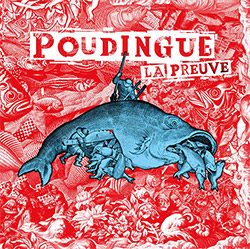
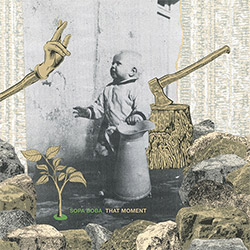
![Electric Bird Noise / Derek Roddy: 8-10-22 [CD EP]](https://www.teuthida.com/productImages/misc4/35970.jpg)
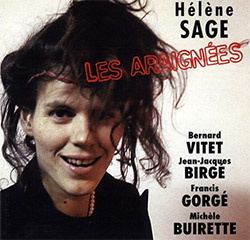
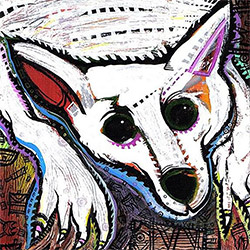
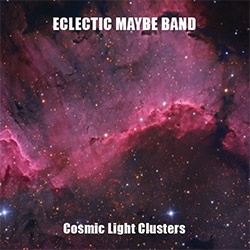
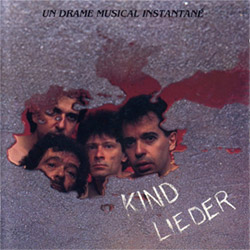
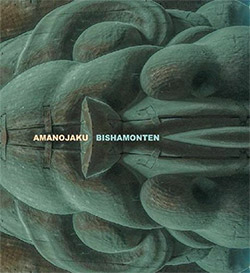
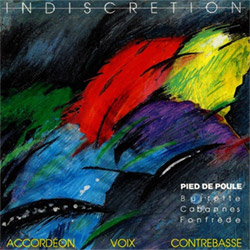
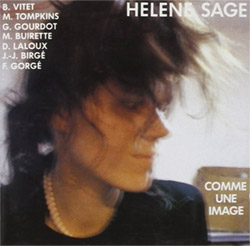

![Elephant9 : Mythical River [VINYL]](https://www.teuthida.com/productImages/misc4/34624.jpg)
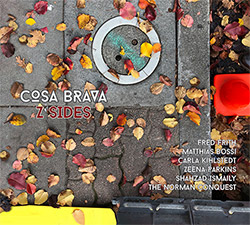
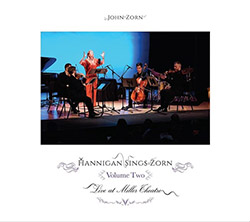
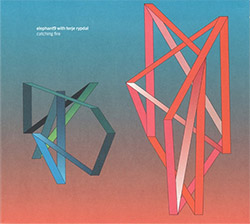
![Elephant9 with Terje Rypdal: Catching Fire [VINYL 2 LPs]](https://www.teuthida.com/productImages/misc4/35355.jpg)
![Deerlady (Obomsawin, Mali / Magdalena Abrego): Greatest Hits [VINYL]](https://www.teuthida.com/productImages/misc4/34876.jpg)
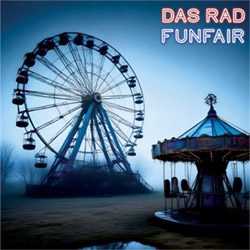
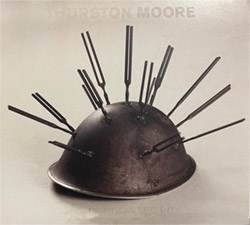

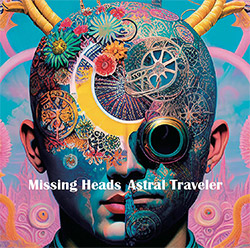
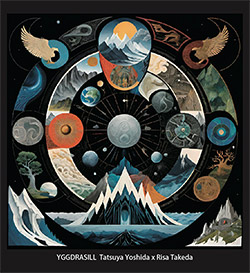
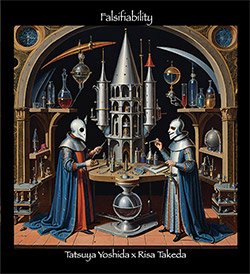
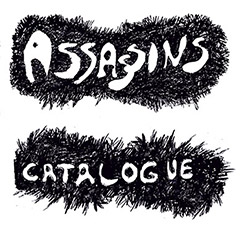
![Surplus 1980: Illusion of Consistency [CD]](https://www.teuthida.com/productImages/misc4/35069.jpg)
![Staiano, Moe: Away Towards the Light [VINYL + DOWNLOAD]](https://www.teuthida.com/productImages/misc4/35037.jpg)
![Coley, Byron: Dating Tips for Touring Bands [VINYL]](https://www.teuthida.com/productImages/misc4/17906.jpg)

![Lost Kisses: My Life is Sad & Funny [DVD]](https://www.teuthida.com/productImages/misc4/lostKissesDVD.jpg)